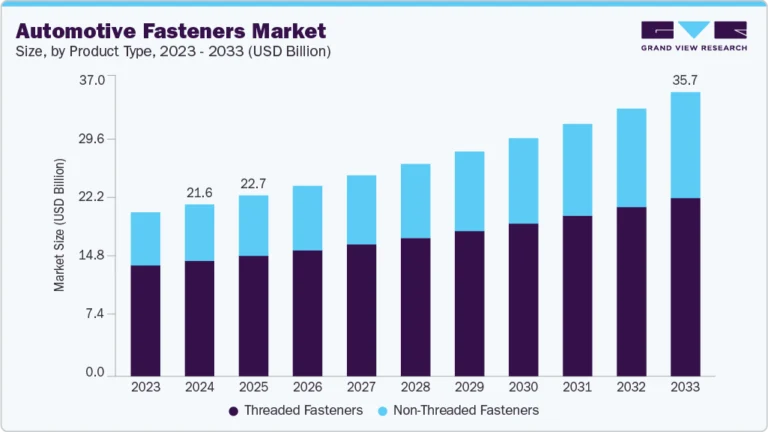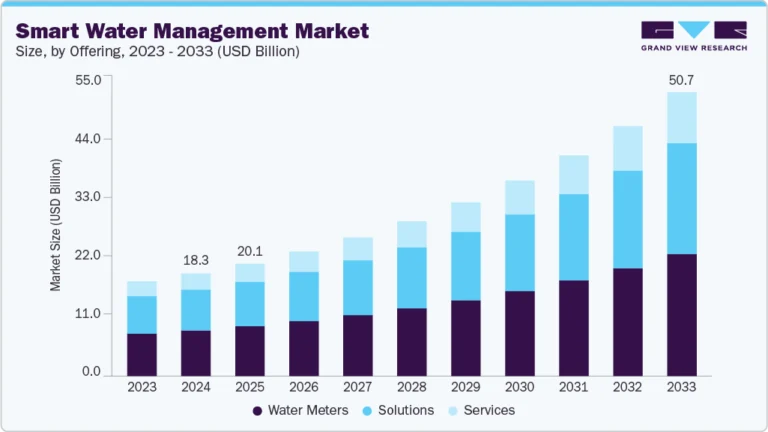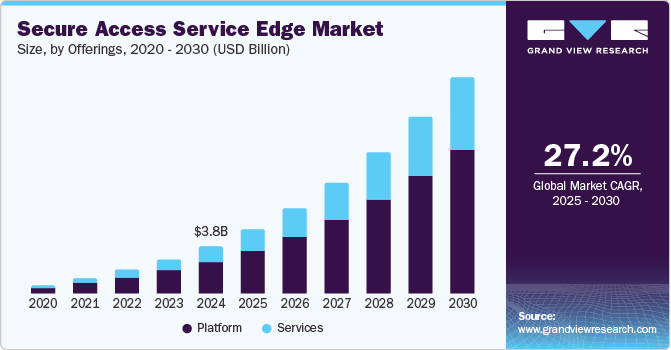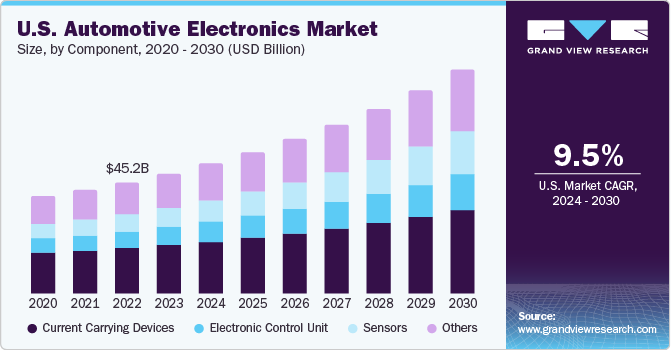Mobile Identity Management Market Size, Share & Trends Analysis growING at a CAGR of 26.8% from 2024 to 2030

The global mobile identity management market size was estimated at USD 3.25 billion in 2023 and is expected to grow at a CAGR of 26.8% from 2024 to 2030. MIM solutions are becoming increasingly crucial as the workforce is converting to more mobile and digital, leading to access from a variety of devices and locations. MIM refers to managing and safeguarding mobile device access to digital resources such as applications and data. MIM systems usually offer mobile devices safe and simple authentication and identity management features, ensuring that only authorized users have access to essential products and services.
Request a free sample copy or view report summary: https://www.grandviewresearch.com/industry-analysis/mobile-identity-management-market-report/request/rs1
MIM systems demand that users provide multiple forms of authentication, such as a password and a biometric factor, such as fingerprint or facial recognition, to ensure that only authorized individuals can access business-critical resources.
MIM solutions often include mobile device management (MDM) facilities, which allow organizations to impose security restrictions on mobile devices, such as demanding encryption and restricting access to specific applications and data. Two-factor authentication (2FA) is an important security feature in MIM as it adds an additional layer of security beyond a simple password and username. By adding a layer of authentication, 2FA offers an extra layer of security to protect against unauthorized access to sensitive data or systems. Mobile devices are more prone to cyber threats than traditional desktop computers or laptop computers. To protect against these dangers, MIM offers security capabilities such as multi-factor authentication, mobile device management, and secure data transport.
MDM encapsulates various features that enable organizations to manage and protect mobile devices. MIM systems often integrate these MDM features, including remote wipes, device encryption, and app management, to enhance mobile device security and compliance. With the rise of remote work and bring-your-own-device (BYOD) regulations, organizations ensure that users can securely access resources from their devices. MIM systems provide the required security elements for supporting remote work and BYOD rules. Adding on, MIM solutions are helping organizations boost productivity and user experience by incorporating single sign-on (SSO) and contextual access control features by reducing users’ time entering credentials while ensuring they have access to the required resources.
However, the challenges faced by organizations in employing MIM solutions include security threats, complexity, device fragmentation, user privacy, and compliance requirements. MIM solutions are difficult to deploy and operate, particularly when integrated with other systems such as identity and access management (IAM) and MDM. Numerous mobile devices are in use, each with its own operating system, version, and security measures, hence making it difficult to develop and deploy MIM solutions that work seamlessly across all devices. Overall, the future of MIM solutions is expected to propel in the forecast period, owing to technological developments and rising demand for secure mobile access to resources. Biometric authentication, IoT integration, context-aware access control, blockchain-based identity management, and a mobile-first strategy are among the key developments outlining the future of MIM market.
Market Concentration & Characteristics
The market growth stage is high, at an accelerating pace. The market for mobile identity management (MIM) is characterized by the integration of advanced authentication and access control technologies to secure mobile device usage. Key components include multi-factor authentication (MFA), biometric verification, single sign-on (SSO), and digital identity verification. The market is driven by the increasing mobile workforce, rising cybersecurity threats, and regulatory compliance requirements. Major trends include the adoption of biometrics, the use of AI and machine learning for threat detection, and blockchain for decentralized identity verification. The market is poised for growth as organizations prioritize secure mobile access and compliance, leveraging technological advancements to enhance security measures.
MIM solutions are continually pushing the boundaries of traditional identity management, integrating cutting-edge technologies such as biometrics, artificial intelligence, and blockchain to enhance security and user experience. Biometric authentication methods like facial recognition and iris scans are revolutionizing how users access their mobile devices, offering unprecedented levels of security and convenience. Moreover, advancements in AI and machine learning enable MIM systems to adaptively detect and respond to emerging threats in real time, providing a dynamic defense against evolving cyberattacks. The exploration of blockchain for decentralized and tamper-proof identity verification represents another frontier in MIM innovation, promising heightened security and privacy. As the mobile landscape continues to evolve, the MIM market remains at the forefront of innovation, continually refining and expanding its capabilities to meet the evolving needs of organizations and users alike.






